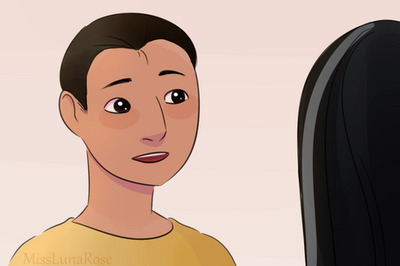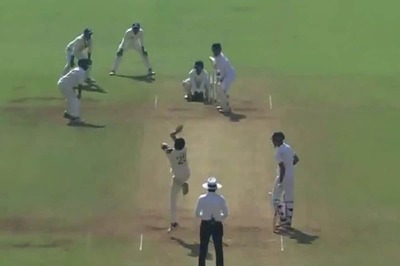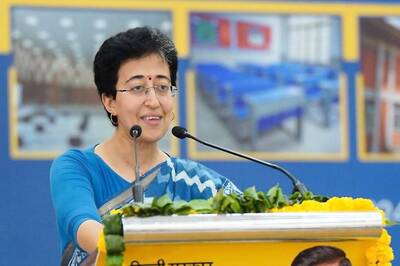
views
Somewhere along the line in the past thirty months, India cleaved into two, a second partition, a quiet but neat bifurcation that changed no maps, displaced no people and created no new countries.
But this division by stealth split the ground beneath us, leaving Nationalists and ‘anti-nationals’ in an eyeball-to-eyeball confrontation more bitter than the one across the Line of Control that marks last century’s split.
Clearly, something fundamental has changed in a country famous for its middle ground; it now has the dominant Right, the sulking Left and very little space that’s left.
Look more closely and you’ll find that the first two variables in that equation have merely swapped places and acquired new adjectives; for earlier, did we not have the arrogant Left and the defensive Right?
The fact is that there’s only one casualty worth mourning: the often muddled middle, many of whose erstwhile members have defected and now speak with the overloud certainty of the newly converted. And it’s that dwindling number that clings to its middleness that needs to carve out a space for itself, braving the ridicule that is sure to be its lot.
The seeds of our current bipolarity were sown when the Bharatiya Janata Party deservedly put a terminally ill UPA 2 out of its misery in the summer of 2014, an election that was a watershed in more ways than one. It featured a compelling candidate, strong optics, sharp rhetoric and ubiquitous social media; the result was unaccustomed, unbridled power for the Hindu Right.
Social media became the new vehicle for disseminating opinion, open to all to use and misuse. And it opened the floodgates to a welter of suppressed emotion, some of it justified, most of it unpleasant.
As a direct result, it is today increasingly impossible to inhabit the middle ground. If anyone asks for proof of the surgical strikes across the LoC, they are anti-national; Muslim actors have to prove their loyalty to the flag; a disabled person is thrashed for not standing up for the national anthem; and university campuses have to fly the tricolor.
It is no longer okay not to have an opinion; the very suspicion that an opinion vacuum may be occupied by something more sinister makes the uncommitted suspect.
Anyone who is neutral is deemed to be against nationalism, in effect, he or she is anti-national. The less said about those harbouring fancy notions of internationalism, the better.
This wave of nationalism often comes bundled with some odd baggage: misogynism, religious fanaticism, caste hatred and venom towards the media.
So if you happen to be a Dalit woman reporter for a news channel with links to the Congress, your goose is cooked, seasoned with a sprinkling of saffron. Death by social media will follow as a horde of Internet Hindus descends to rain its wrath on your bowed head and that of all female members in your family.
It’s a fact that what has really happened is an exaggerated inversion of what passed earlier. When the Left liberals (now known as Libtards) held sway there was a searing contempt of anything remotely construed as Hindu belief, to the extent that a hint of religiosity was a badge of communalism. Ask any moderately religious person who has lived on the Jawaharlal Nehru University campus. In other words, the Left had it coming.
But the vast majority of Indians inhabited a comfortable middle ground, unthreatening and unthreatened. Perhaps the Left just couldn’t be bothered, or it didn’t have the benefit of social media artillery in those days, or was defanged by its inherent internationalism.
Be all that as it may, how does the Middle regain its lost ground?
It could use some help from three key players. Hindu religious leaders, flag-bearers for a famously tolerant tradition, need to take the temperature down and shun the notion that their time in the sun has finally come; the media needs to wear its judge’s hat and not don a tempting TRP turban; and our institutions need to remember that the notions of our founding fathers, flawed as they were, were noble in essence. It would be tempting to call for politicians to focus on development, but they clearly think that the prerequisite for that, getting elected, requires a deepening of every divide.
The idea of India is perhaps a slightly hackneyed concept. But common sense dictates that Indians should be able to opt out of this new partition that forces them to be, as that great Indophile George W Bush would say, with us or against us.




















Comments
0 comment